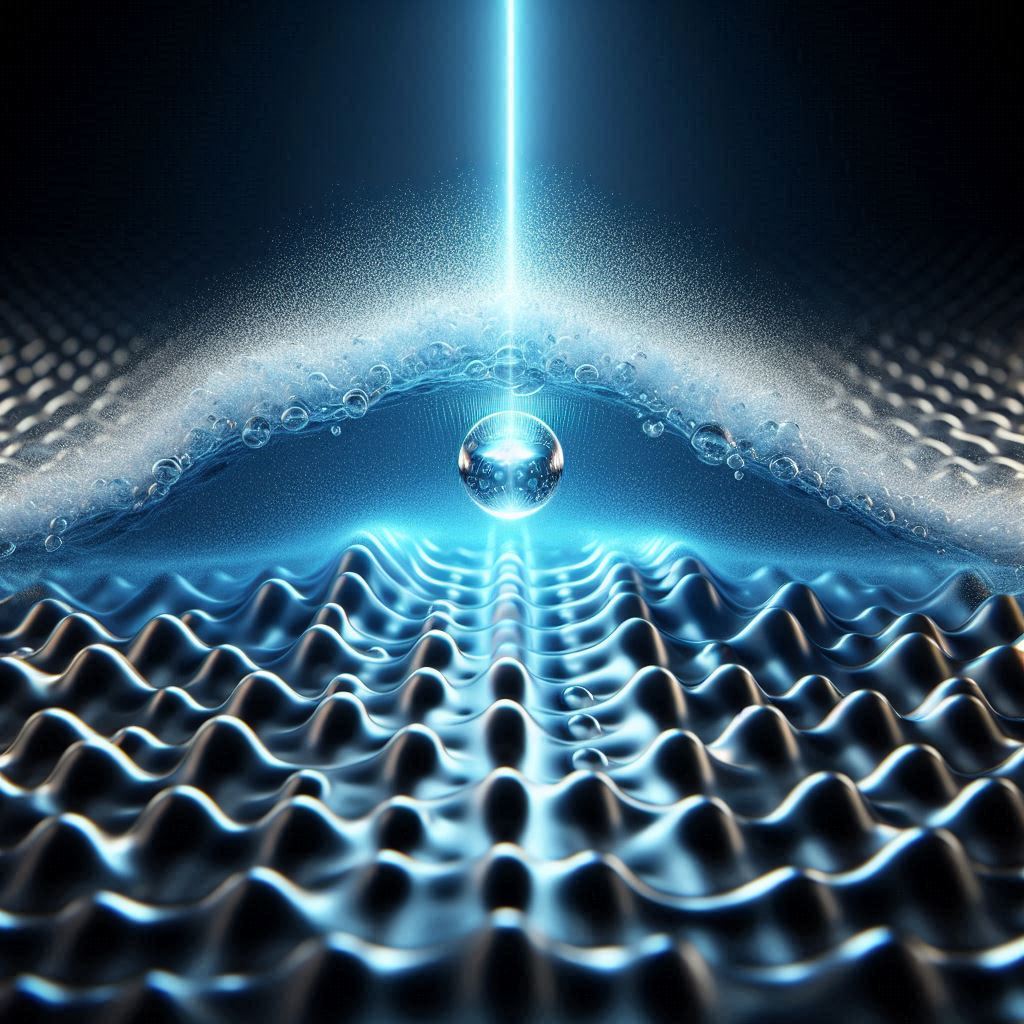In this post I cover a small contribution I never published but I realized for an exam during my Ph.D. In my exam for computational spectroscopy, I'm diving into the fascinating world of Surface Enhanced Raman Spectroscopy (SERS). This technique is a game-changer in the field because it really amps up the Raman effect, which is all about how photons bounce off matter. Thanks to SERS, we can even detect single molecules—how cool is that?
The main goal of my work is to figure out how the two main ways SERS boosts signal strength—electromagnetic enhancement (EM) and chemical enhancement (CT)—fit together. For a long time, these two have been seen as separate phenomena, but I think they can actually be understood better if we look at them through the framework of Time-Dependent Perturbation Theory (TDPT).
I kick things off by laying down some theoretical groundwork. I explain the interaction picture in quantum mechanics, which helps us separate the way things evolve over time into what’s happening without any external influence and what changes when we throw in some outside forces. This is key to understanding how light interacts with molecules, especially when we start talking about electromagnetic fields.
Then, I get into the nitty-gritty of the classical Raman effect, describing how it works as a second-order perturbation process. This sets the stage for what happens in SERS, where I take a closer look at both EM and CT enhancements. I focus on how localized surface plasmons (LSPs)—the special electromagnetic waves that pop up on the surface of metals—play a crucial role in this process.
To make sense of all this complexity, I use Feynman diagrams. They’re like visual cheat sheets that help me map out all the interactions and show how higher-order processes contribute to the SERS effect.
Using this instruments, I propose a way to merge the ideas of EM and CT enhancement into one solid model. I also tackle the computational challenges that come with simulating the SERS spectra of complex systems, which is a big hurdle in this field. By tying everything together, I hope to shed light on the physical processes.
Overall, I had fun.
